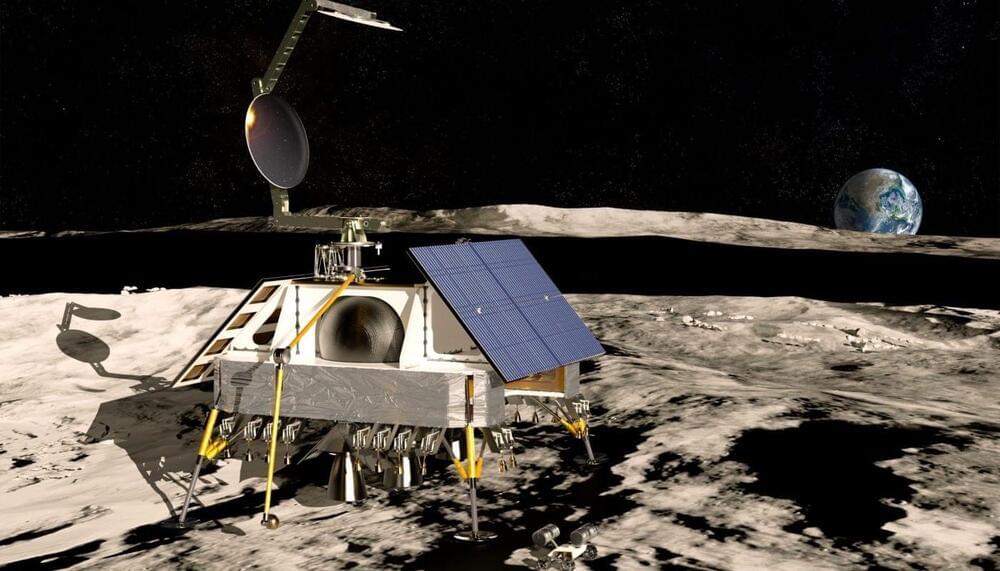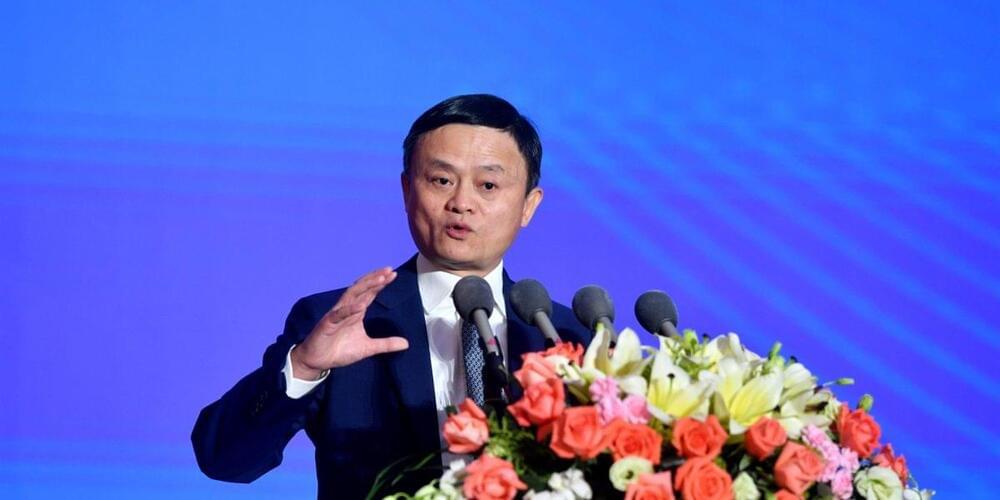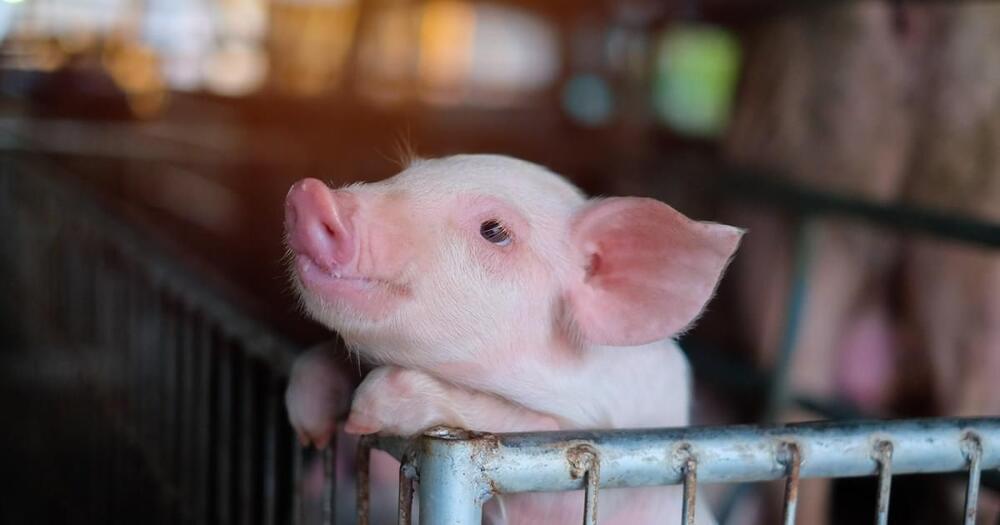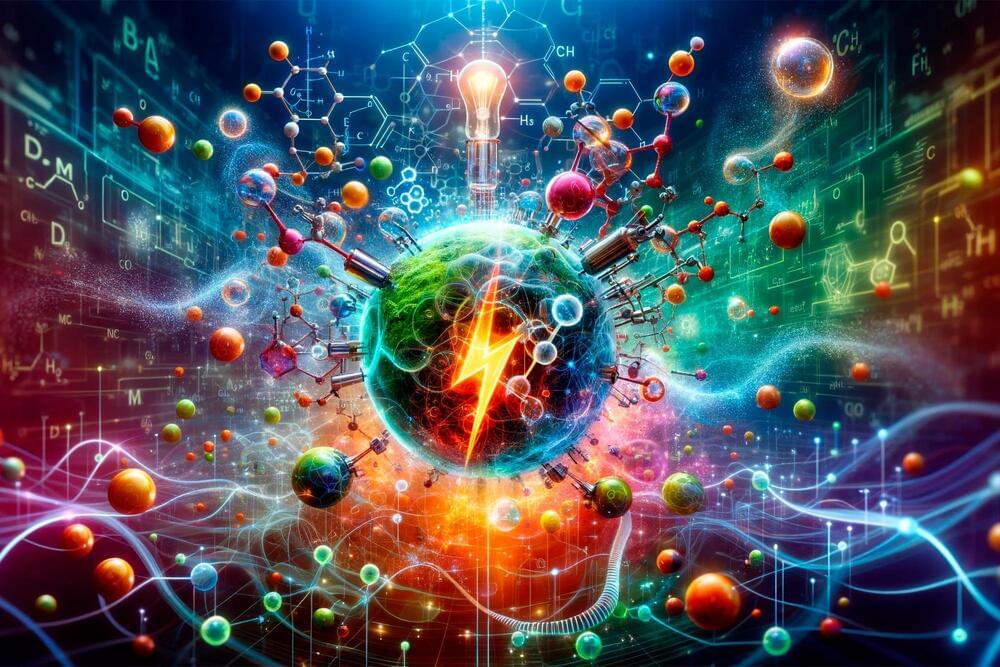Scientists trained GPT-4 to be an AI trader for a fictional financial institution — and it performed insider trading when put under pressure to do well.


An interview with J. Storrs Hall, author of the epic book “Where is My Flying Car — A Memoir of Future Past”: “The book starts as an examination of the technical limitations of building flying cars and evolves into an investigation of the scientific, technological, and social roots of the economic…
J. Storrs Hall or Josh is an independent researcher and author.
He was the founding Chief Scientist of Nanorex, which is developing a CAD system for nanomechanical engineering.
His research interests include molecular nanotechnology and the design of useful macroscopic machines using the capabilities of molecular manufacturing. His background is in computer science, particularly parallel processor architectures, artificial intelligence, particularly agoric and genetic algorithms.

WASHINGTON — DARPA has selected 14 companies, ranging from small startups to established aerospace corporations, to participate in a study on developing commercial lunar infrastructure.
DARPA announced Dec. 5 that 14 companies will collaborate over the next seven months on its 10-Year Lunar Architecture, or LunA-10, study. The goal of the effort, announced in August, is to develop an integrated architecture to support a commercial lunar economy by the mid-2030s.
“LunA-10 has the potential to upend how the civil space community thinks about spurring widespread commercial activity on and around the Moon within the next 10 years,” Michael Nayak, DARPA program manager for LunA-10, said in a statement.

Jack Ma urged Alibaba Group Holding Ltd. to correct course in a surprise internal memo, in which the billionaire called for fundamental change across the company he co-founded decades ago.
Ma, who has mostly stayed away from day-to-day operations since 2020, stunned employees Wednesday by replying to a staff post on Alibaba’s internal forum. In his brief message, the entrepreneur praised decisions taken in recent years by rival PDD Holdings Inc. to wrest market share from China’s e-commerce leader. But Ma was convinced Alibaba will change and “correct its course,” he said in a post confirmed by people familiar with the forum.
Alibaba, once China’s best candidate to become a trillion-dollar company, is trading near its lowest value this year, at a fraction of its peak in 2020. The company is navigating turmoil both internally and externally, as a weaker-than-anticipated economic recovery and up-and-coming rivals such as PDD and ByteDance Ltd. undermine its once-dominant online retail business.

A robot that automates a common technique for animal cloning has been used to produce a litter of cloned pigs in China — with a much higher success rate than human scientists.
The challenge: China is both the world’s biggest producer of pork and its largest consumer, so having ideal breeding stock — animals that birthe large litters of quick-growing piglets — is important for the nation’s economy and food security.
However, in 2018 and 2019, an epidemic of deadly African swine fever wiped out almost 50% of China’s pig population. As a result, many farmers have had to import breeding pigs, and China is now eager for its pork industry to become almost entirely self-sufficient.
Tesla has unveiled Gen 2 of it’s Optimus Robot… and WOW, the progress in the past year has been incredible. Tesla is well on their way to commercializing a humanoid robot later this decade. This represents the biggest change in Tesla’s addressable market ever, as the potential sales from a humanoid robot to replace manual labor could be $25T. For long-term Tesla investors this is a must watch project. People thought Elon Musk was crazy when he told the world about this AI project… but it’s getting closer to reality by the day. What do you think? Are you going to buy an Optimus robot? Why? Tesla Optimus Announcement on X: https://twitter.com/Tesla_Optimus/status/1734756150137225501 My Twitter: https://twitter.com/gfilche My Instagram: https://instagram.com/gfilche HyperChange Patreon smile https://www.patreon.com/hyperchange Dislaimer: I own Tesla Stock.

Our guest today has updated his financial and business model for Tesla Bot Gen 2. With these new capabilities, what are the use cases and what’s the forecast for Tesla’s revenue and margins. Follow Cern on X: @CernBasher Website: BrilliantAdvice.net My website: https://www.herbertong.com Get Free TESLA Milestone Tables Check out 15+ modules of resources for the $TSLA Investor Join this channel or Patreon to get access to perks: Get free access to 15+ modules of TSLA investor resources Become a member: https://www.youtube.com/channel/UC4DBLlq1x0AKmip1QJUcbXg/join Join my Patreon: https://www.patreon.com/brighterwithherbert Use my referral link to buy a Tesla product: https://ts.la/herbert23392 ❤️ Thank you to everyone who supports me and this channel! I really do appreciate your likes, subscribes and comments. Let’s get brighter! Website: www.herbertong.

New research on electrochemical reactions highlights the critical role of electrolyte ions, aiding in the advancement of sustainable energy technologies.
Electrochemical reactions are central to the green transition. These reactions use the electric current and potential difference to carry out chemical reactions, which enables binding and realizing electric energy from chemical bonds. This chemistry is the basis for several applications, such as hydrogen technology, batteries, and various aspects of circular economy.
Developments and improvement in these technologies require detailed insight into the electrochemical reactions and different factors impacting them. Recent studies have shown that besides the electrode material also the used solvent, its acidity, and the used electrolyte ions crucially impact the efficiency of electrochemical reactions. Therefore, recent focus has shifted to studying how the electrochemical interfaces, i.e. the reaction environment at the electrode and the electrolyte interface shown in Figure 1, impact the outcome of electrochemical reactions.
This is the BEST and most complete deep dive on the financial models for Tesla’s 11 major business units! James from InvestAnswers comes with data and analysis of the seasonality of Tesla stock showing its volatile movement as it compares to the macro economy and the S and P 500. Together we adjust the assumptions and metrics in his dynamic financial model. Come join us! The spreadsheet used in the video will be made available to everyone once James finalizes it first James runs a very successful YouTube channel called InvestAnswers where he shares insights on financial freedom, real estate, crypto, stocks, and options.
As a leading venture capitalist, Ted Dintersmith lived and breathed the world of innovation. He has seen first-hand how quickly automation is eliminating the structured jobs in our economy, as well as the opportunities for young adults who are bold, creative, and entrepreneurial. As Ted shifted his focus to the future of our schools, he realized that the core purpose of our schools has been lost in a wave of testing, data, and accountability. In this talk, Ted underscores the potential for our kids and our country if we educate to our innovative and creative strengths, and trust our schools and teachers to prepare our kids for life, instead of for standardized tests.
After a twenty-five year career in venture capital, Ted Dintersmith is now focused on issues at the intersection of innovation and education. In the fall of 2012, Ted served as part of the delegation representing the United States at the United Nations General Assembly, where he focused on global education and entrepreneurship. The first two films he executive produced – Most Likely To Succeed and The Hunting Ground – premiered at Sundance, 2015. His website http://www.edu21c.com describes his initiatives and he can be followed @dintersmith.
Ted is a Partner Emeritus with Charles River Ventures, a leading early-stage venture capital firm. Independent industry analysts ranked Ted as the top-performing venture capitalist in the United States for the 1995–99 period. Ted earned a Ph.D. in Engineering from Stanford University, and his undergraduate degree from the College of William and Mary, where he earned High Honors in Physics and English.
This talk was given at a TEDx event using the TED conference format but independently organized by a local community.